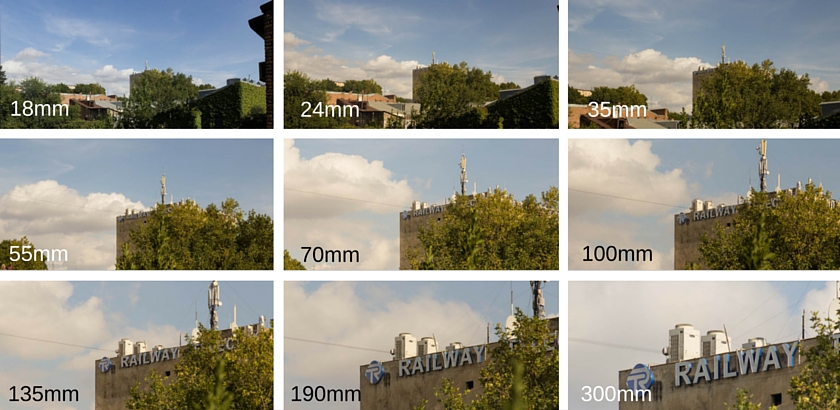Welcome to the another digital photography school tutorial on understanding focal length.
It's not so long away when I entered magical world of Digital SLR photography, until then I was using simple compact sized cameras and did with them a simple thing - photographed things.
Well, things changed when I bought Canon EOS 1200D camera (Read: First Impressions Of Canon EOS 1200D Camera With 18-55mm Lens), then I started to improve my photography skills. Since the camera I bought came with a kit lenses (18mm-55mm) I was left with what I got. Those lenses are perfect, don't get me wrong, but I started to look for ways how to get a closer shots.
[block:block=34]
I have heard other photographers telling, if you want closer shots, approach your object closer, so simple. And I do believe it's a valuable lesson. But what to do in case you can't approach your object close enough? It's time to change your glass (lens).
So after couple of months been playing with kit 18mm-55mm lenses I finally started to look on lenses to buy on Amazon, since I'm a complete newbie in this thing I decided I need something like up to 300mm lenses. The price for such lenses ranged between $150 and up to $1200. Luckily a friend of mine, a passionate photographer offered me to buy for a cheap Sigma 70-300mm lens.
So I now I have a chance actually to see what can i get using 18mm-55mm and 70-300mm lenses.

Focal length test with 18mm up to 300mm
Some will already recognize that green evy wall, some time ago using my old camera I tried to make a time lapse here: Read: Last day of April (Complete Time lapse)
So, the same wall, just another angle, two lenses (Canon 18-55mm kit lense and Sigma 70-300mm lense). I installed my camera on a tripod (I bought from the same friend) and made 9 different shots at different focal length.
I started with 18mm (most wide) and ended at 300mm. I hope that above image explains focal lens in action. As my friend told me before I started to write this blog post, there is no difference what brand your lenses wear, it's all about focal length:
But the brand has not really got anything to do with focal length
So 70 is 70 no matter what the brand or its half the truth
There is something like focus breathing which decreases effective focal length
Here is a another explanation from Nikon USA site:
Focal length, usually represented in millimeters (mm), is the basic description of a photographic lens. It is not a measurement of the actual length of a lens, but a calculation of an optical distance from the point where light rays converge to form a sharp image of an object to the digital sensor or 35mm film at the focal plane in the camera. The focal length of a lens is determined when the lens is focused at infinity.
The focal length tells us the angle of view—how much of the scene will be captured—and the magnification—how large individual elements will be. The longer the focal length, the narrower the angle of view and the higher the magnification. The shorter the focal length, the wider the angle of view and the lower the magnification.
The Bottom Line
- 18-55mm lens are great to capture landscapes, wide range images,
- 70-300mm lenses will be good at portraits, sports (from a distance) and other cases when you cant get close enough to your object with your camera
What is your basic equipment for doing DSL photography? Leave a comment!